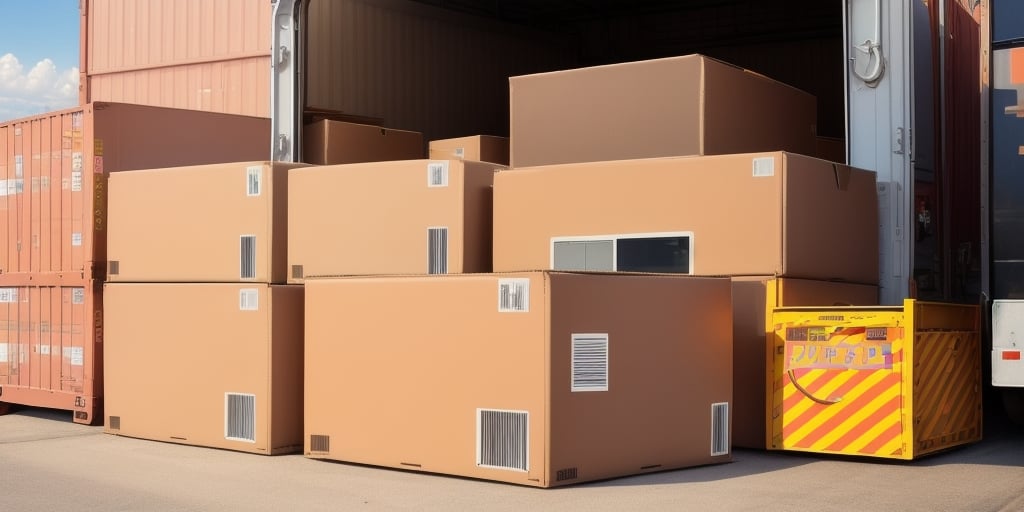Understanding Handling Charges in UPS Worldship
For business owners who rely on UPS for shipping products, comprehending handling charges within UPS Worldship is crucial. Handling charges are additional fees imposed by UPS for specialized services, including pickups, residential deliveries, and handling oversized or fragile packages. These charges can significantly influence your overall shipping costs, potentially impacting profit margins if not accurately accounted for.
What Are Handling Charges?
Handling charges are fees levied by UPS for providing specific shipping services beyond the standard delivery. These can include residential delivery fees, which cover deliveries to homes rather than business addresses, as well as fees for handling large or heavy packages that require extra care during transit.
Why Should You Care?
Ignoring handling charges can lead to unexpected increases in your shipping expenses. By factoring in these costs, businesses can ensure more accurate pricing, maintain profit margins, and provide transparent costs to customers. According to the UPS Services Fees, understanding these charges helps in better financial planning and customer satisfaction.
Setting Up Handling Charges in UPS Worldship
Configuring handling charges in UPS Worldship is a straightforward process that enables businesses to manage and predict shipping costs effectively. Proper setup ensures that all specialized services are accurately billed, preventing overcharges and discrepancies.
Step-by-Step Configuration
- Open UPS Worldship and navigate to the "Edit Profile" section.
- Click on the "Handling Charges" tab.
- Set the handling charges for various services such as pickups, deliveries, and residential deliveries.
- Define handling charges based on weight ranges to accommodate different package sizes.
- Save the changes to apply the new settings.
Customizing for Specific Needs
UPS Worldship allows businesses to tailor handling charges based on specific product categories or shipment types. This customization is beneficial for businesses that ship a variety of products, some of which may require special handling or packaging. By setting different handling charges for different categories, businesses can ensure that costs are accurately reflected.
Managing and Calculating Handling Charges
Effective management and accurate calculation of handling charges are essential for controlling shipping costs and maintaining profitability. Implementing best practices in this area can lead to significant cost savings and operational efficiency.
Accurate Calculation Methods
To calculate handling charges accurately, businesses should consider factors such as package weight, dimensions, destination, and the type of service required. Utilizing UPS Worldship's built-in calculators and regularly updating them based on current rates can help maintain accuracy. Refer to the UPS Fees and Charges for the latest information.
Best Practices for Management
- Regularly review and update handling charge settings to reflect current shipping practices and rates.
- Train staff on the importance of accurate package measurements to prevent overcharging.
- Monitor shipping invoices to ensure handling charges align with configured settings.
- Utilize automated tools within UPS Worldship to streamline handling charge management.
Avoiding Common Mistakes with Handling Charges
Properly managing handling charges requires vigilance to avoid common pitfalls that can lead to increased costs and inefficiencies.
Common Pitfalls to Avoid
- Failing to account for all types of handling charges, such as residential delivery fees.
- Overlooking the impact of package dimensions and weight on handling fees.
- Neglecting to regularly review and adjust handling charge settings in UPS Worldship.
Tips for Avoiding Mistakes
Businesses should implement regular audits of their shipping processes, ensure accurate package labeling and measurement, and stay informed about any changes in UPS's handling charge policies. Leveraging UPS's shipping resources can provide additional guidance.
Impact of Handling Charges on Shipping Costs
Handling charges play a significant role in the overall cost structure of shipping operations. Understanding their impact helps businesses make informed decisions to optimize shipping expenses.
Cost Implications
Handling charges can vary based on several factors, including package size, weight, destination, and the type of service selected. For instance, shipping to remote areas or handling oversized items may incur higher fees. According to data from the commerce guide, optimizing package dimensions and weight can reduce these additional costs.
Strategies to Minimize Costs
- Optimize packaging to avoid oversized or unnecessary materials.
- Consolidate shipments to minimize the number of deliveries.
- Negotiate bulk shipping rates with UPS for better handling charge terms.
- Utilize UPS's shipping tools to find the most cost-effective shipping options.
Streamlining Shipping Processes with Handling Charge Management
Efficient handling charge management can significantly enhance the overall shipping process, leading to cost savings and improved operational efficiency.
Efficiency Improvements
By accurately managing handling charges, businesses can streamline their shipping operations, reduce errors in billing, and ensure timely deliveries. Automation features in UPS Worldship, such as batch processing and automated handling charge calculations, can further enhance efficiency.
Enhanced Operational Control
Proper management of handling charges provides greater control over shipping budgets and helps in forecasting future expenses. This level of control is essential for maintaining financial stability and planning for business growth.
Regularly Reviewing and Adjusting Handling Charges
Continuous review and adjustment of handling charges ensure that shipping costs remain aligned with current business needs and market conditions.
Benefits of Regular Reviews
- Ensures handling charges are up-to-date with UPS's latest fee structures.
- Identifies areas where costs can be reduced or optimized.
- Helps in maintaining competitive pricing for customers.
Implementing a Review Process
Establish a routine schedule for reviewing handling charges, such as quarterly audits. Utilize UPS Worldship's reporting tools to analyze shipping data and adjust settings accordingly. Staying informed through resources like the UPS Help Center can provide valuable insights for adjustments.
Conclusion
Effectively managing handling charges in UPS Worldship is integral to controlling shipping costs and ensuring business profitability. By understanding, setting up, managing, and regularly reviewing these charges, businesses can optimize their shipping processes, reduce unnecessary expenses, and enhance overall operational efficiency. Leveraging UPS's resources and staying informed about best practices will further support effective handling charge management.






















